Celiac disease is a common yet often misunderstood condition. Here’s the big difference between celiac and gluten sensitivity, and how to deal with a diagnosis.
Gluten-free diets are more popular than ever, and this is likely due to an increase in the incidence of celiac disease. So, what’s really the deal with gluten?
Wheat today is different to wheat a hundred years ago. Modern agricultural practices have altered wheat, and the wheat of today contains a much higher percentage of grain protein than ancient wheat. Because of this higher amount of gluten, more people are reacting negatively to it.
Love turmeric recipes?
Add power-packed anti-inflammatories to every meal with these FREE turmeric recipes!
What is Celiac Disease?

Celiac disease is an autoimmune disorder that damages the small intestine as an immune overreaction to gluten, which is found in products containing wheat, rye, and barley. This results in uncomfortable symptoms like bloating, gas, and more.
Gluten sensitivity and intolerance are digestive problems similar to celiac disease but without the autoimmune component. Sometimes, this is referred to as non-celiac gluten sensitivity, although there is no official way to diagnose this disorder. Wheat allergy, on the other hand, is also an immune response, but like other serious allergies, can result in a more immediate risk, and is not autoimmune in nature.
Celiac disease affects approximately one out of every 141 people, which sounds like a small number, but this only takes into account diagnosed cases. (1) The study notes that when people are already following a gluten-free diet, they cannot be diagnosed with celiac disease, even if they have it. Research estimates that significantly more people have celiac disease than are diagnosed with it, but most may never know.
Bottom line: Celiac disease is an autoimmune condition that is aggravated by the ingestion of gluten, a grain protein, that leads to damage in the small intestine.
Celiac Disease and Autoimmunity
Celiac disease is an autoimmune disorder which is commonly found in people who have other autoimmune diseases, such as: (2)
- Hashimoto’s thyroiditis
- Type 1 diabetes
- Addison’s disease
- Lupus
- Rheumatoid arthritis
- Sjogren’s syndrome
Celiac disease also has a strong genetic component and tends to run in families, with an individual having a one in 22 chance of developing it if a direct relative has it. (3)
Complications of undiagnosed celiac disease can range from intestinal malabsorption – the inability to absorb crucial nutrients from food – to compromised digestion, elimination, and malnutrition. Permanent intestinal damage can occur if celiac is left unaddressed for too long.
While it’s not known for sure what sparks the initial autoimmune reaction, some theories suggest a viral infection, while others lean toward stress or other dietary or environmental factors that turn on genes relating to the disorder.
With autoimmunity, the immune system gets sensitized to itself, attacking its own tissues in the body thinking that it’s a protective measure. In celiac disease, the presence of gluten leads the immune system to destroy the villi in the small intestine which are small fingerlike projections that are responsible for absorbing nutrients after digestion.
Autoimmune diseases don’t have a cure, but in most cases, remission can be achieved with lifestyle and dietary care. It is estimated that autoimmunity of any kind affects more than 23 million Americans alone. (4)
Bottom line: Celiac disease is an autoimmune disorder for which there is no cure, that is often associated with other autoimmune disorders.
Symptoms of Celiac Disease

Symptoms of celiac disease focus primarily on the digestive system but can involve other organs and body systems, too.
Common symptoms include: (5, 6, 7, 8, 9, 10, 11)
- Mood problems and irritability
- Unintended weight loss
- Vomiting
- Abdominal bloating and pain
- Chronic diarrhea and/or constipation
- Stools that are foul-smelling, pale, fatty, or loose
- Iron-deficiency anemia
- Joint pain and stiffness, sometimes arthritis
- Brittle bones
- Fatigue
- Seizures
- Skin disorders such as eczema, psoriasis, or dermatitis
- Numbness and tingling in the extremities
- Loss of tooth enamel
- Mouth sores
- Irregular menstrual cycles
- Recurrent pregnancy loss or infertility
- Delayed growth in children
It is possible to have active celiac disease without producing any symptoms for years or even decades, but this doesn’t lessen the internal impact of the disease.
Celiac disease will go into remission when gluten and cross-reactive foods are removed from the diet and the small intestine is given the chance to heal. Some people may notice positive results in as little as a few days after removing gluten, but others may take months or even years to feel fully healthy again.
Bottom line: Celiac disease has many symptoms that relate to the digestive system and other organs. Symptoms typically go into remission after gluten is removed from the diet.
Testing and Treatment for Celiac Disease

Testing for celiac disease is not straightforward and is sometimes invasive. If someone with celiac preemptively follows a gluten-free diet, it won’t be possible to accurately diagnose them.
The only way to treat celiac disease is to follow a strict gluten-free diet, with no exceptions. Any time gluten is reintroduced, autoimmunity will flare.
Learning how to live a gluten-free life can feel overwhelming. It involves reading all food labels as even foods that don’t contain gluten can be manufactured or produced in a facility that also uses gluten. Cross-contamination is a particular threat for celiac people because even tiny particles of gluten can cause problems.
However, with the right support network and grace for the adjustment period, you will still maintain a high quality of life. Once you’re used to it, living to address celiac disease will feel second nature and doesn’t have to cause additional stress.
Bottom line: Celiac disease is a life-altering diagnosis, but thanks to the recent push for research and awareness, it’s never been easier to be gluten-free.
Celiac Disease Diet vs. Gluten-Free Diet
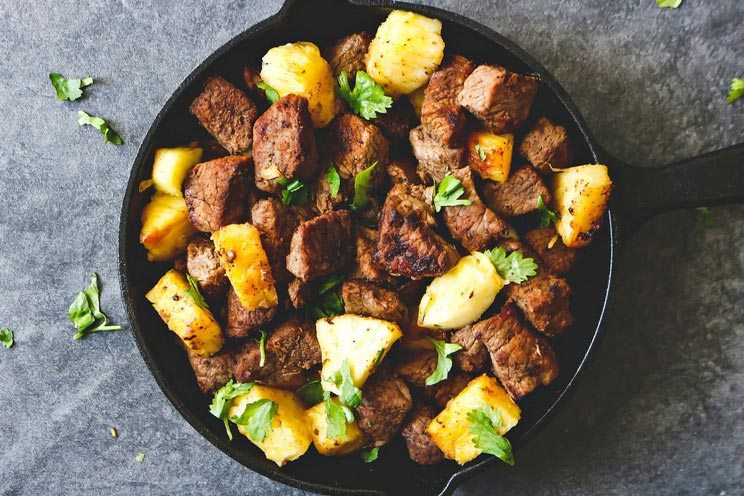
A diet for someone with celiac disease is not the same as simply following a gluten-free diet. When you have celiac disease, you have to take extra precautions to avoid foods and products that have been produced on shared equipment with gluten, and sometimes even in the same facility.
Cross-contamination is a real threat for those with celiac disease. As a result, following a strict gluten-free diet for celiac disease is a lifestyle, much more intensive than simply eating gluten-free.
Foods to Avoid with Celiac Disease
There is no way to make an exhaustive list of foods to avoid, since virtually anything can contain gluten as a filler, additive, or cross-contaminant. Adopt a grain-free lifestyle and avoid anything that is made from wheat, barley, or rye, and get into the habit of reading labels to ensure that everything you’re eating is safe for celiac disease.
Foods to Eat with Celiac Disease
Meat, nuts, seeds, vegetables, and fruits are all safe celiac disease foods as long as they’re not prepped on shared gluten surfaces, and as long as they aren’t manufactured with gluten-containing products.
The safest foods to eat are fresh, whole foods that you cook yourself, or products labeled “gluten-free.” Note: When buying products labeled “gluten-free,” make sure to double check the ingredients list.
9 Self-Care Ideas for Celiac Disease

While avoiding gluten will stop the progression of celiac disease, it will take the body some time to heal and enter remission. Once an immune system has gone rogue and attacked its own body, other autoimmune diseases can pop up.
The best way to address celiac disease is to live a lifestyle that focuses on reducing autoimmunity and inflammation while nourishing the body, both nutritionally and with lifestyle factors.
1. Get Tested
First, get tested for food allergies. Once you know what foods you need to avoid, you can start to reduce those sensitivity symptoms. The longer the gut remains irritated, even from non-gluten sources, the longer it will take to heal.
2. Drink Water
Stay properly hydrated. Healing requires cells to function at their best, and the body requires a specific fluid balance. Dehydration puts a strain on every cell in the body.
3. Nourish Your Gut
Eat to promote a healthy microbiome and gut lining. Eat lots of fermented foods, take probiotic supplements, supplement with collagen, and drink bone broth.
4. Eat an anti-inflammatory diet
Cut sugar, processed foods, and reduce omega-6 fatty acids, like nuts and seeds. Instead, focus heavily on leafy greens, vegetables, berries, and omega-3 fatty acids like salmon, sardines, eggs, and chia seeds.

5. Practice Yoga
Roll out your yoga mat and engage in some Vinyasa or another strength-building yet stress-busting exercise program. Autoimmune disease of any kind is both mentally and physically stressful, and your body and mind need a little extra support.
6. Find a Nutritionist
Work with a qualified professional who specializes in celiac disease to troubleshoot other aspects of your diet. They can also give you the support you need to fully understand the parameters of your new gluten-free lifestyle.
7. Join a Support Group
A celiac disease support group can connect you with other people who are gluten-free. This will make you feel less alone and will ease the burden by sharing camaraderie.
8. Do Your Research
Read books, blogs, and magazines that focus on gluten-free living and wellness topics. There are many to choose from! This can boost mental and emotional support as well as give you energizing ideas for how to eat, live, and take care of yourself.
9. Get Some Sleep
The body heals, builds, and restores itself while you’re sleeping. When you’re recovering from an autoimmune disorder, you’ll need a healthy amount of sleep on a regular basis.
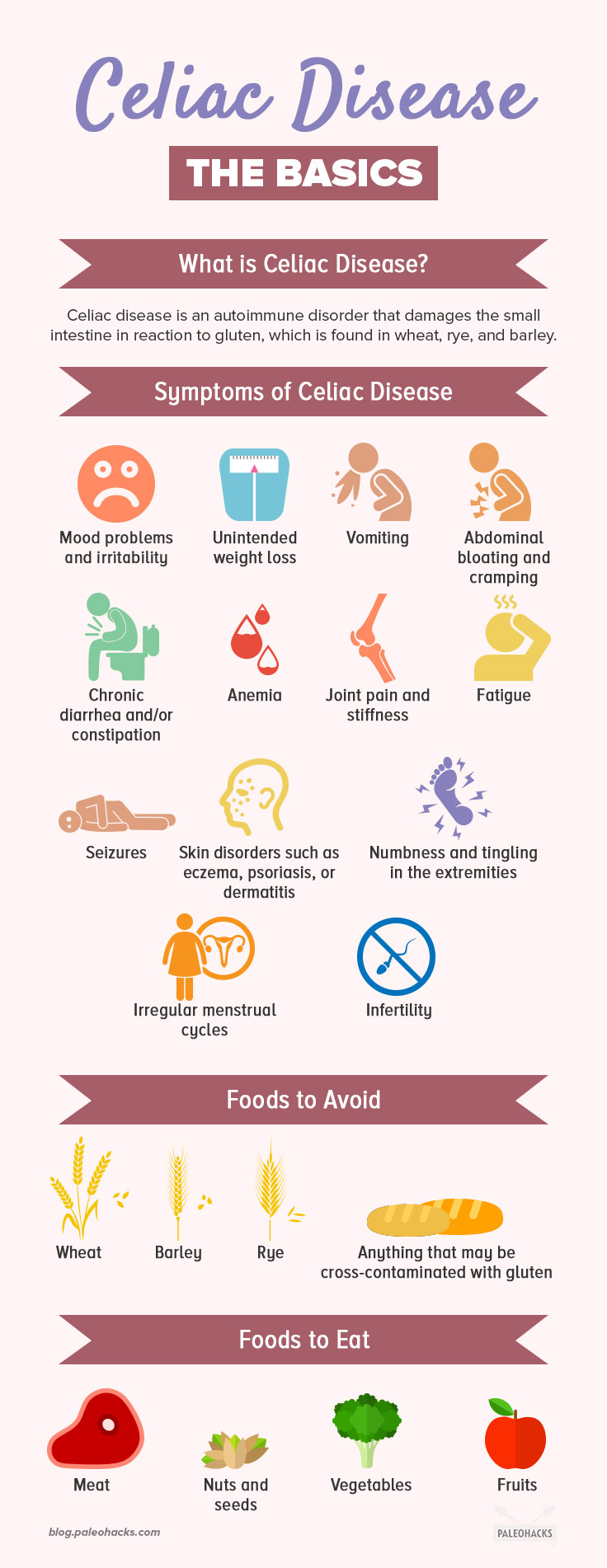
(Read This Next: Thyroid Disease Symptoms, Signs & Treatment



 Keto Biscuits with Coconut Flour
Keto Biscuits with Coconut Flour

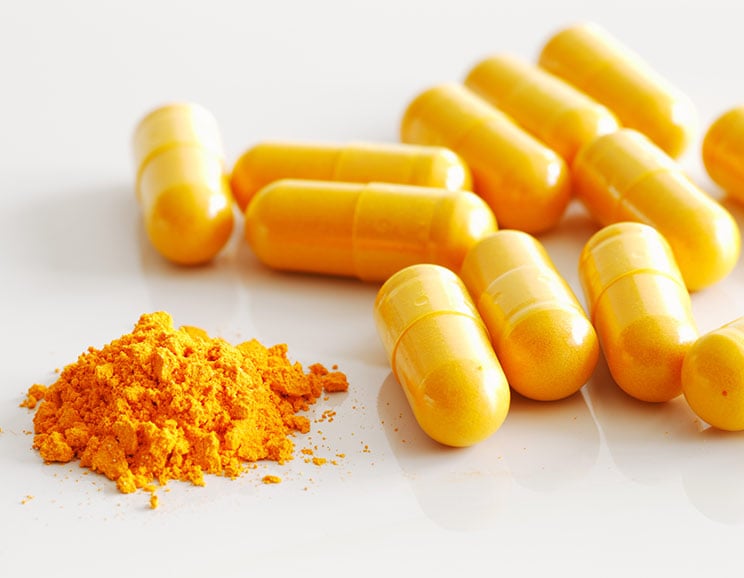
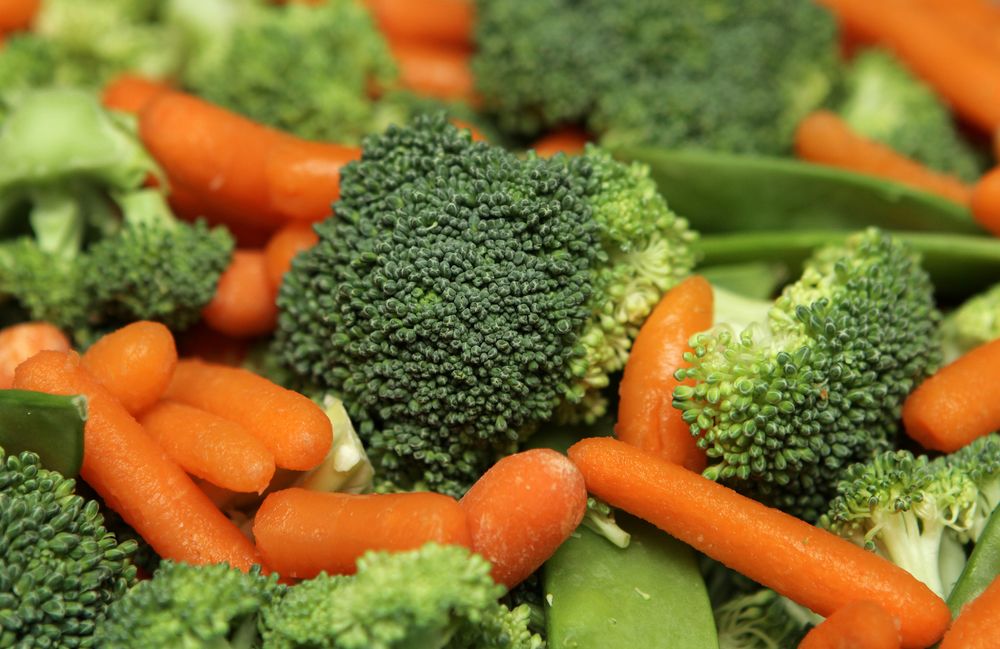
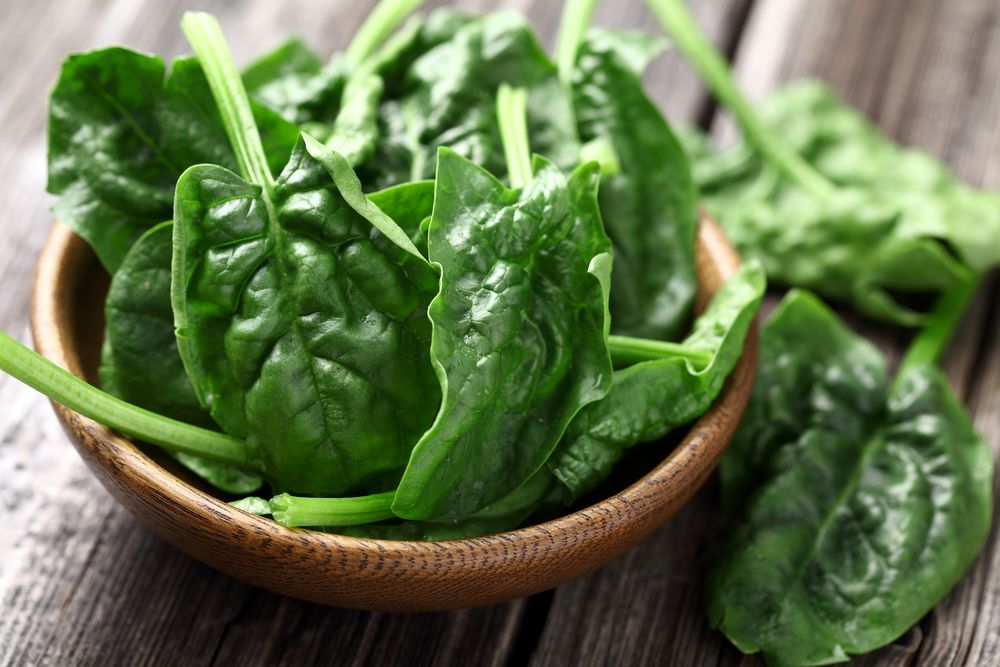





Show Comments